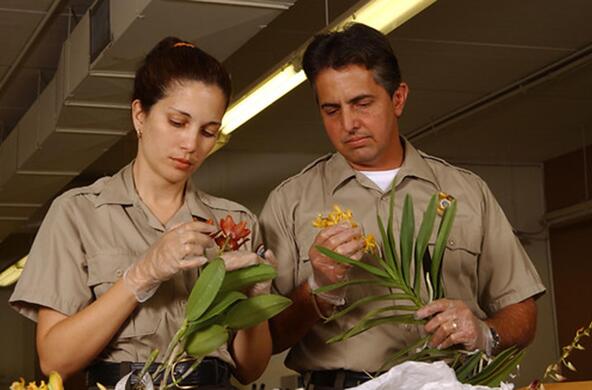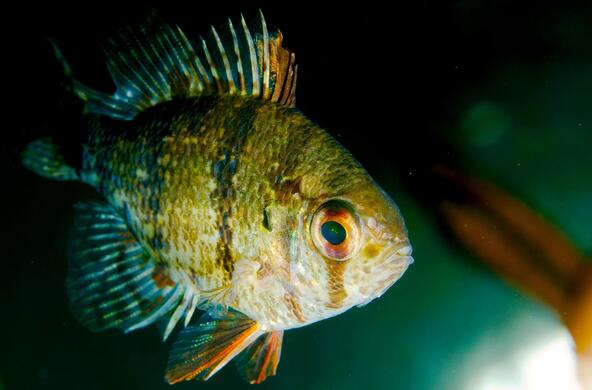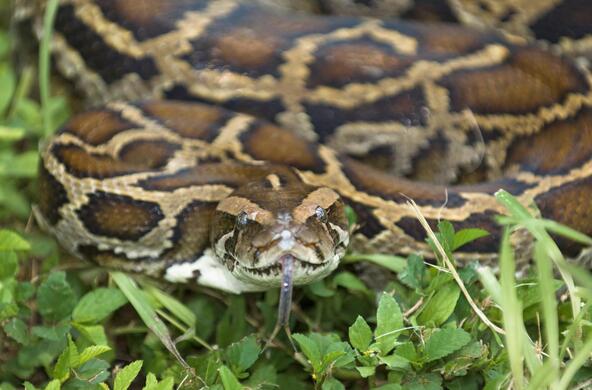Look for a new animal in the Hudson this summer. The Chinese mitten crab is at our doorstep. Although just a handful of crabs have been caught in the Hudson and other nearby rivers since 2004, it seems likely that they are now established and spreading through the Northeast.
Mitten crabs are easily recognized by the large, hairy claws that give the species its name. Adults are 2-3 inches across the back, and 8-12 inches from tip to tip of their long legs. The species is native to Chinese rivers, but humans have spread them widely, first to Europe in 1912, then to our West Coast in 1994, and now to the Northeast. Mitten crabs probably traveled to Europe and San Francisco Bay in the ballast water of ocean-going ships and may have been deliberately released from live markets in the Northeast.
Adult mitten crabs breed in the salty waters of the ocean, but young crabs soon move into freshwater rivers to grow and mature. Mitten crabs are highly migratory, and can move more than 500 miles inland. If they encounter a barrier during their travels, they can crawl out of the water and just walk on land to avoid the barrier. As a result, they have turned up in some odd places, including human homes and swimming pools. Like other crabs and crayfishes, mitten crabs have a broad diet, and feed on plants, shellfish, worms, and carrion. Young crabs spend 1-5 years in fresh water before moving back to sea in late autumn.
So is the arrival of the mitten crab good news or bad news for us? In China, mitten crabs are so prized as food that wild populations have been nearly depleted, and 400,000 tons were raised in aquaculture ponds in 2004. Unfortunately, mitten crabs from the Hudson probably will be too contaminated with PCBs to be safe to eat. If mitten crabs become abundant in our area, they may crowd out native species, including the blue crab, which is eagerly sought in the Hudson and all along the East Coast. Mitten crabs live in burrows along the water's edge, so they can damage dikes and levees and increase shoreline erosion. They also can become so abundant that they clog water-intake screens at power plants. In total, they have caused more than $100 million in damages in Germany since they appeared in 1912.
Mitten crabs can also be a nuisance to fisheries. They eat fish that are caught in fishing nets and damage the nets themselves. They are such accomplished bait-stealers that they have shut down recreational angling in areas where they are abundant.
It's a fair guess that the mitten crab will bring us more problems than benefits. So how did it happen that we're getting stuck with another nuisance species in the Hudson? First, we don't have adequate laws to prevent harmful foreign species from making their homes here. It is still legal to release untreated ballast water into U.S. waters under many conditions, even though we know that mitten crabs and many other species move freely around the world in ballast tanks. Second, the laws that we do have are insufficiently applied and enforced. Both federal and state laws prohibit shipping or sale of mitten crabs, yet they are often intercepted in carry-on luggage and live markets. This highlights a third weakness - people don't understand the problems caused by invasive species and the dangers of carelessly moving species around. Releasing a species into a new habitat is as reckless as tossing a lighted match into a dry forest. Until we fix these weaknesses, we will continue to find new species in our rivers, forests, and back yards.
Welcome to the Hudson River, mitten crabs.






